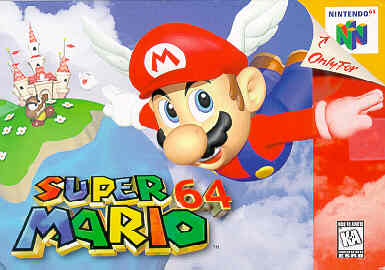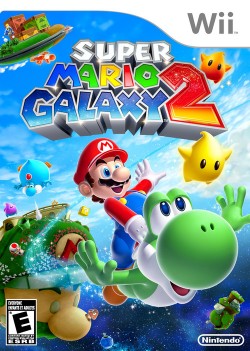
In 1996, Nintendo and Square Enix came out with the first Mario RPG on the SNES. Later in 2001, Paper Mario came out. While we waited for the next Paper Mario on GCN, which would not arrive until 2004, Nintendo treated us to a portable Mario Adventure. What we didn't know is that it would be one of the greatest games of all time.
Mario & Luigi: Superstar Saga starts off with a very humorous catch: an evil witch Cackletta has stolen Peach's voice for her own nefarious reasons, so Mario and Luigi journey to the Beanbean Kingdom. The RPG action works like Paper Mario and even Super Mario RPG, but you control Mario with A and Luigi with B. The game focuses heavilly on timed button presses: jump at the right moment when an enemy throws something at you and you can avoid damage completely, or if you press the Jump button right before attacking, you can deal more damage on the enemy. There are also fancy Bros Attacks that are multi-button combos. There are only 8 Bro Attacks, but they're so fun to do that you most likely won't notice.
Nearly every element of SS is perfect. The plot is gut-bustingly hilarious with many quotable lines, the pacing is perfect for any style of gamer, the areas are well-designed, and the enemies are some of the most creative in the genre, from a Christmas Tree Hermit Crab to a gladiator made of soda. Every character is well thought-out and has very convincing personalities. SS is also a homage to the Mario series in general, with many cameos and gameplay parts sure to set the nostalgia glands on haywire.
The Graphics are goregeous, with every thing in the game full of emotion, plus it adds to the humor. The music is also up with other GBA greats; Alphadream really nailed the musical feel of Super Mario RPG and then some.
Pulling any critisizm on this game would be nagging, but you could say the game is a bit on the short side. SS is very replayable, however, with multiple ways to approach it.
VERDICT
Gameplay: An RPG that manages to emulate many other gameplay styles, while still being true to the source material. Brilliant stuff. 10
Graphics: Well-animated and very humorous to look at. 10
Audio: Excellent. A great listen. 10
Overall: Never before have I played a game that excels at nearly everything it does. Mario & Luigi: Superstar Saga is so good, that I would go to such lengths as saying it is the culmination of RPGing in general. If you do not own this game, you are truly missing out on something special.
10 out of 10












